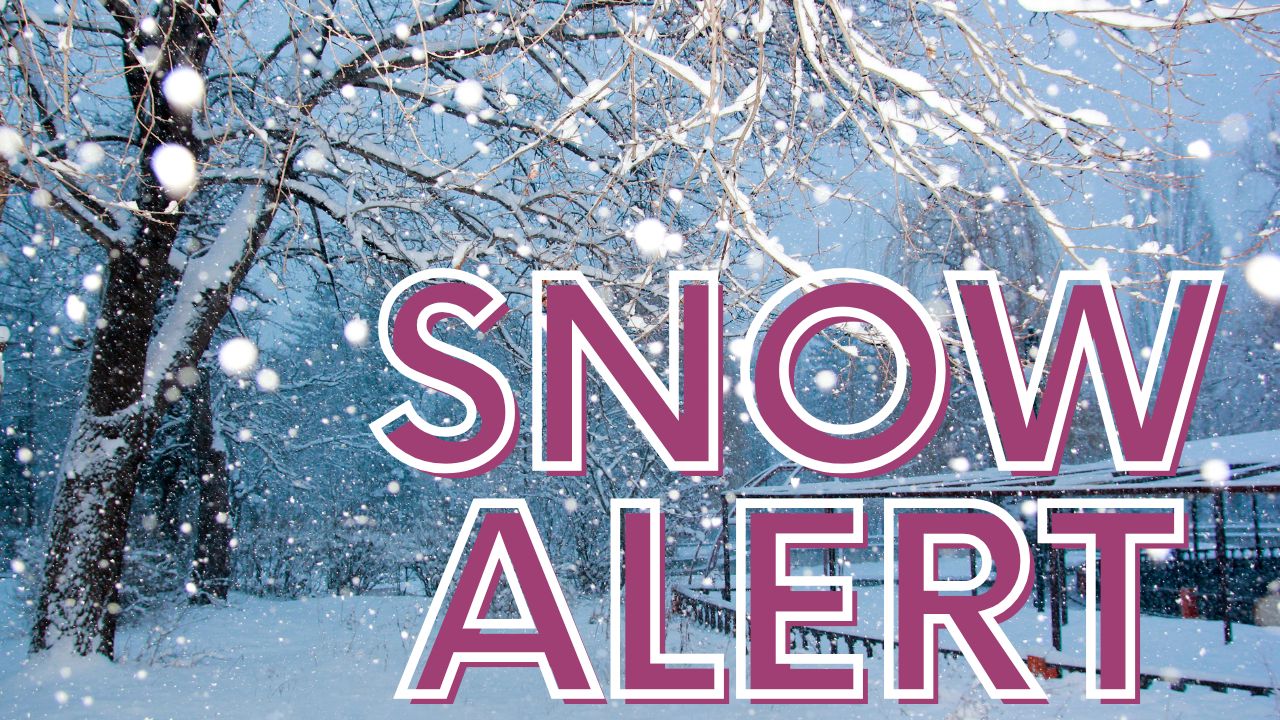Salt Lake City, UT – Utah could see its first mountain snow of the season this weekend as a low-pressure system makes its way into the state, signaling the transition from summer to fall.
Potential for Early Mountain Snow
Meteorologists are keeping an eye on a low-pressure system moving from the Gulf of Alaska into Utah via the Pacific Coast. While forecasts remain somewhat uncertain about how much moisture the system will bring, light snow is possible in the state’s northern and northeastern mountains by Saturday afternoon.
KSL meteorologist Matt Johnson noted,
“It’s most likely to happen in the northern mountains. There’s the potential to get a little bit of snow in the High Uintas, maybe the tops of the Cottonwood Canyons and some of our highest peaks in northern and northeast Utah.”
According to the National Weather Service, Kings Peak, Utah’s tallest mountain, has an 80% chance of receiving at least a trace of snow by early Sunday. Other nearby peaks could also get a light dusting.
Precipitation Across Utah
Before the low-pressure system fully arrives, northeast Utah may experience pop-up showers and thunderstorms Thursday afternoon. More widespread precipitation is expected Saturday, particularly in the Wasatch and Uinta Mountains and in parts of southeast Utah.
Areas like Price, Moab, and Blanding could see a quarter to a half-inch of rain by late Saturday, though the Wasatch Front and northern Utah may receive less moisture from the system.
Last year, Utah’s first mountain snow occurred on September 17, while in 2023, a Labor Day storm brought more significant snowfall to the state’s mountains.
Cooler Temperatures Forecast
While the potential snowfall draws attention, the storm’s main impact may be cooler temperatures across northern Utah. Salt Lake City reached 92 degrees on Wednesday, just below a daily record, marking several days of above-normal temperatures.
After the storm, highs are expected to remain in the mid-to-upper 70s across the Wasatch Front and northern Utah on Friday and Saturday. This would be only the second or third time Salt Lake City fails to reach 80 degrees since June 24, aligning temperatures more closely with mid-September norms.
Long-Term Outlook and Drought Relief
Long-range forecasts suggest another storm may arrive by the end of next week, which could help alleviate ongoing drought conditions. Despite recent improvements reported by the U.S. Drought Monitor, 78% of Utah remains in severe or extreme drought, with the remaining areas in at least moderate drought.
Meteorologists emphasize that the approaching system, while not a major snow event, will serve as a clear signal of the changing seasons and bring much-needed cooler weather to the region.
Stay Prepared and Watch Updates
Residents planning mountain trips or outdoor activities should monitor local weather updates for potential snowfall, slippery conditions, and sudden temperature drops. Even light snow at high elevations can create hazardous conditions on mountain roads.
Share your experiences with the early fall snow or mountain trips in the comments below and stay updated.




